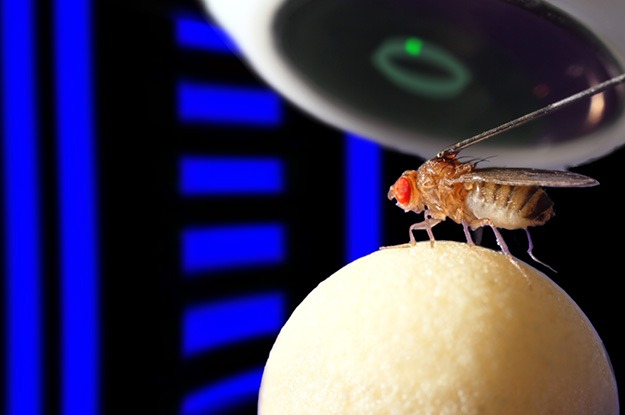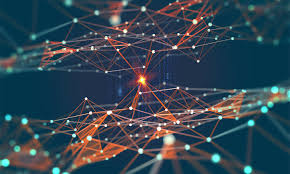
ChatGPT Sends Millions to Verified Election News, Blocks 250,000 Deepfake Attempts
AI
Zaker Adham
09 November 2024
17 September 2024
|
Zaker Adham
Summary
Summary
Scientists have developed a cutting-edge virtual brain network that mimics the activity of individual neurons in a living brain. This breakthrough, based on the fruit fly's visual system, allows researchers to test ideas on a computer—drastically reducing the time and resources needed for animal experiments.

"With this model, we can hypothesize how the brain functions before running physical experiments," says Srini Turaga, a researcher at the Janelia Research Campus, part of the Howard Hughes Medical Institute (HHMI). The research, published in Nature, also hints at the possibility of creating more energy-efficient artificial intelligence systems by adopting computational strategies found in biological brains.
A fruit fly’s brain, although containing only about 100,000 neurons, manages to handle complex tasks like flying, avoiding predators, and finding mates—on minimal energy. "It’s small but incredibly efficient," says Jakob Macke, a professor at the University of Tübingen and co-author of the study. Meanwhile, AI systems consume vast amounts of power, comparable to that of small nations.
"Making AI more energy-efficient is a top priority today," says Ben Crowley, a computational neuroscientist at Cold Spring Harbor Laboratory, who was not involved in the study. Crowley believes that adopting strategies from the fruit fly brain could help make AI systems less power-hungry.
This breakthrough is the result of over a decade of intense research into the fruit fly’s brain structure, much of which was conducted by HHMI. The team utilized detailed maps of the fly’s brain, or connectome, which outline every neuron and connection.

By building a virtual version of the fruit fly's visual system, the researchers allowed an AI to "watch" video clips, simulating how the insect's brain would detect motion. The AI model successfully predicted how neurons in both the virtual brain and real fruit flies would respond to the same stimuli, a significant step forward in brain research and AI development.
"The ultimate goal isn’t to create the best motion detector—but to understand how the fly's brain achieves it," Macke explains. Future developments are expected to expand the model beyond just the visual system, creating full-brain simulations.
This model has already gained traction in the scientific community. Researchers like Crowley have incorporated it into their work to better predict brain behavior in response to external stimuli, allowing them to test hypotheses before moving to live experiments.
Looking ahead, these models may offer profound insights not only for understanding brain function but also for optimizing AI systems to be far more energy-efficient. “We now have a roadmap for building comprehensive brain models capable of complex computations,” Macke concludes.

AI
Zaker Adham
09 November 2024

AI
Zaker Adham
09 November 2024

AI
Zaker Adham
07 November 2024

AI
Zaker Adham
06 November 2024